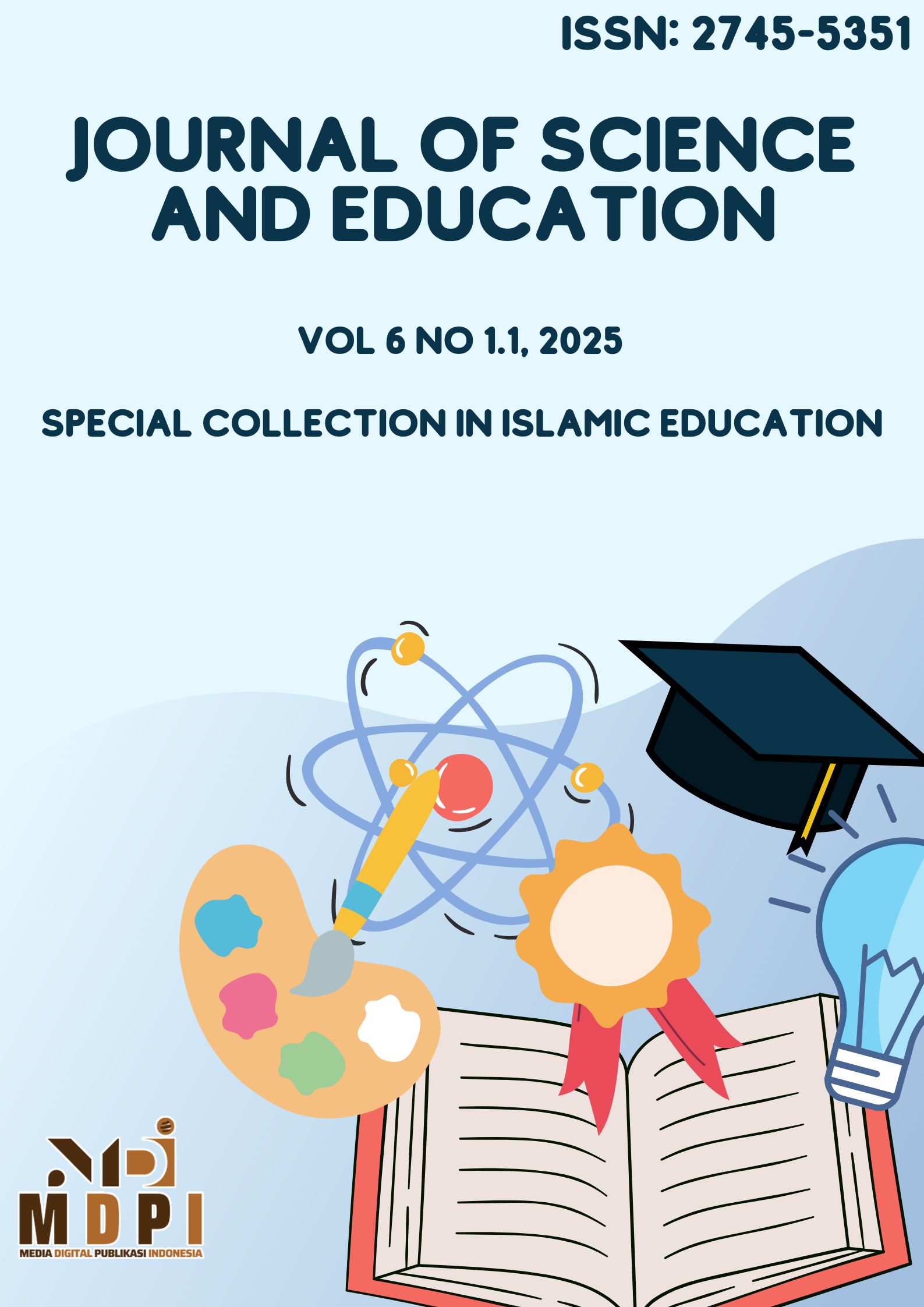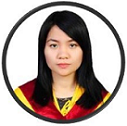Management of Intra School Student Organizations to Enhance Student Creativity in Senior High Schools
DOI:
https://doi.org/10.58905/jse.v6i1.1.606Keywords:
OSIS Management, Student Creativity, School Organization, Student Participation, Educational ManagementAbstract
This study examines the effectiveness of Intra-School Student Organization (OSIS) management in enhancing student creativity at the senior high school level. Using a qualitative comparative case study approach, the research was conducted at SMAN 1 Rancaekek and SMAN 27 Bandung, which exhibit differing student organization characteristics and school cultures. Data were collected through in-depth interviews, participatory observations, and document analysis, and were analyzed using the interactive model by Miles, Huberman, and Saldaña. The findings indicate that OSIS management that is participatory, flexible, and responsive to student needs can significantly enhance student creativity. SMAN 27 Bandung demonstrated more innovative practices in planning, program implementation, and evaluation aspects, whereas SMAN 1 Rancaekek remained focused on routine and administratively inclined activities. Supporting factors include supportive school leadership, active student participation, and the use of technology in organizational coordination. Challenges encountered involve time constraints, limited resources, and insufficient managerial training for OSIS administrators.This study concludes that effective OSIS management can serve as a strategic platform for developing student creativity and recommends strengthening training, program innovation, and cross-sector collaboration in OSIS management.
Downloads
References
E. P. Torrance, “Retooling education for creative talent: How goes it?,” Gift. Child Q., vol. 18, no. 4, pp. 233–239, 1974.
F. Zahrudin, A. Purwanto, and S. Budi, “Educational system innovations for shaping an outstanding Indonesian generation,” Int. J. Curr. Sci. Res. Rev. https//doi. org/10.47191/ijcsrr/v7-i12-86, 2024.
R. S. Kusuma, “Religious authority and social media: Indonesian da’i use of Facebook,” in International Conference on Islam and Muslim Societies (ICONIS), 2018, p. 231.
G. R. Terry, Principles Of Management. New York: Alexander Hamilton Institute, 1958.
M. Zainuddin, A. Syamsuadi, and M. R. Yahya, “Peningkatan Eksistensi Organisasi Siswa Intra Sekolah (Osis) Se Kota Pekanbaru Melalui Konsep Manajemen Dan Kepemimpinan,” J. Pengabdi. Masy. Multidisiplin, vol. 1, no. 2, pp. 89–98, 2018.
T. Joko, “Implementasi manajemen organisasi siswa intra sekolah sebagai strategi dalam pengembangan kepemimpinan siswa smp negeri 2 sukadana,” J. Lentera Pendidik. Pus. Penelit. LPPM UM METRO, vol. 3, no. 1, pp. 71–86, 2018.
A. F. Azhari, M. Aminullah, M. Ghani, M. Hidayat, and S. Syahrani, “Manajemen Organisasi Siswa Intra Sekolah (Osis) Untuk Meningkatkan Kinerja Sekolah Pada Madrasah Tsanawiyah Anwarul Hasaniyyah,” J. Ilmu Pendidik. dan Kearifan Lokal, vol. 3, no. 6, pp. 391–403, 2023.
J. W. Creswell and V. L. P. Clark, Designing and conducting mixed methods research. Sage publications, 2017.
R. K. Yin, Case study research and applications. SAGE Publications US., 2017.
M. Q. Patton, Qualitative research & evaluation methods: Integrating theory and practice. Sage publications, 2014.
Y. Lincoln and B. Guba, “Naturalistic inquiry. Beverly Hills: Sage Pulications.” Inc, 1985.
A. Hargreaves, B. Morton, H. Braun, and A. M. Gurn, “The changing dynamics of educational judgment and decision making in a data-driven world,” in Decision Making in Educational Leadership, Routledge, 2014, pp. 3–20.
A. K. Shenton, “Strategies for ensuring trustworthiness in qualitative research projects,” Educ. Inf., vol. 22, no. 2, pp. 63–75, 2004.
G. R. Terry, Azas‐azas Management. Bandung: Alumni, 2019.
W. E. Deming, “Principles for transformation,” Out Cris., vol. 18, p. 96, 1986.
E. Sallis, Total Quality Education in Education, Manajemen Mutu Pendidikan, Terj. Ahmad Ali Riyadi dan Fahrurrozi. Yogyakarta: Yogyakarta: IRCiSoD, 2010.
H. E. Mulyasa, Menjadi guru penggerak merdeka belajar. Bumi Aksara, 2021.
B. Gbikpi and J. R. Grote, “From democratic government to participatory governance,” in Participatory governance: Political and societal implications, Springer, 2002, pp. 17–34.
K. H. Kim, “Can we trust creativity tests? A review of the Torrance Tests of Creative Thinking (TTCT),” Creat. Res. J., vol. 18, no. 1, pp. 3–14, 2006.
L. Darling-Hammond, “Teacher education around the world: What can we learn from international practice?,” Eur. J. Teach. Educ., vol. 40, no. 3, pp. 291–309, 2017.
A. Cilek, A. Ç. Kılınç, O. Erdoğan, K. Arslan, and F. Sezgin, “Linking principal support and teacher resilience to teacher leadership in Türkiye: The mediating role of teacher work engagement,” Educ. Manag. Adm. Leadersh., p. 17411432241308680, 2025.
Downloads
Published
How to Cite
Issue
Section
License
Copyright (c) 2025 Haldi Rizkiawan Sukarna , Maman Suherman

This work is licensed under a Creative Commons Attribution-ShareAlike 4.0 International License.

















